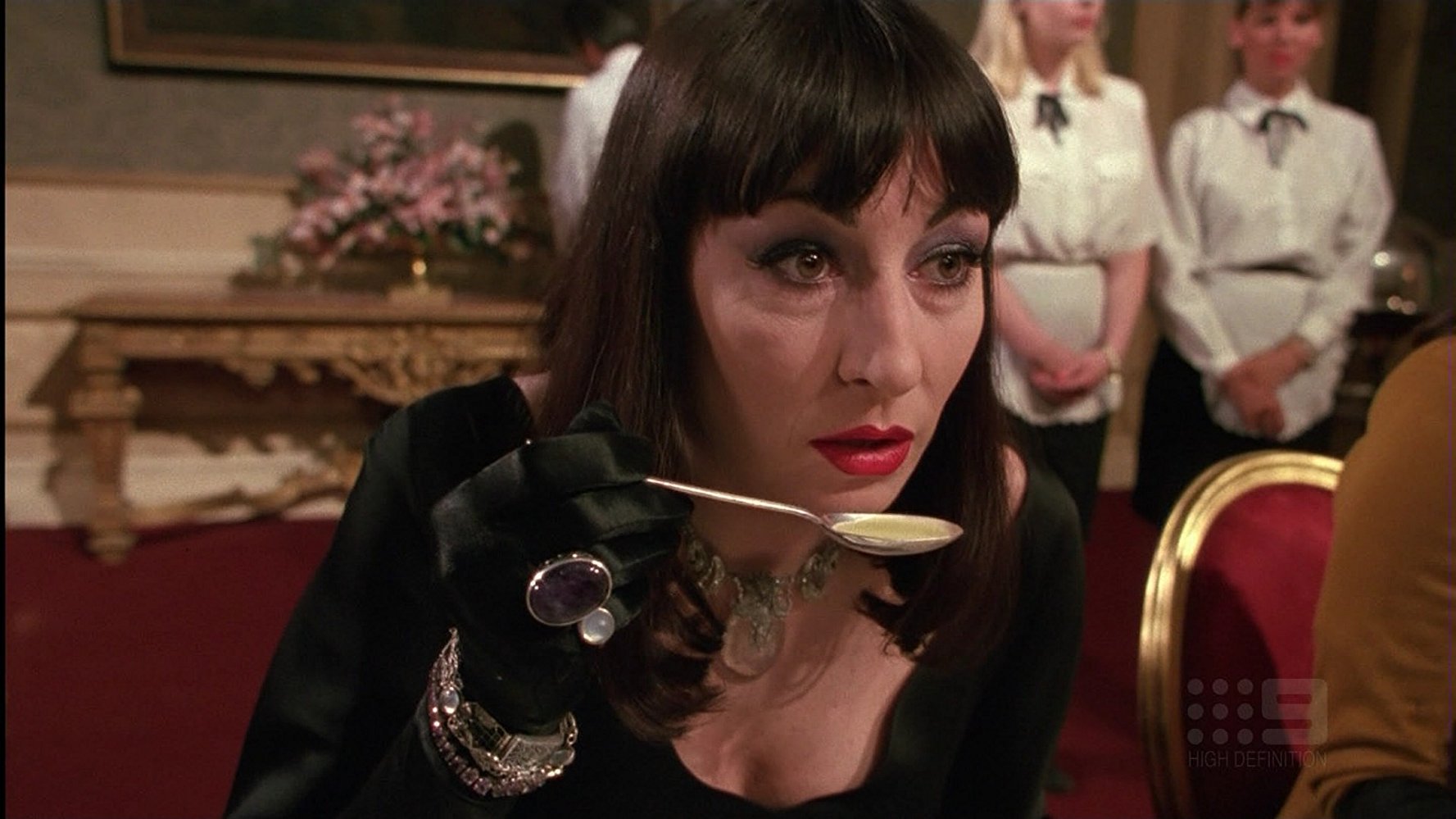In preparation for Halloween, the Daily’s Screen Beat writers have compiled a list of their favorite Halloween films. Fun, scary or otherwise, there’s something for everyone.
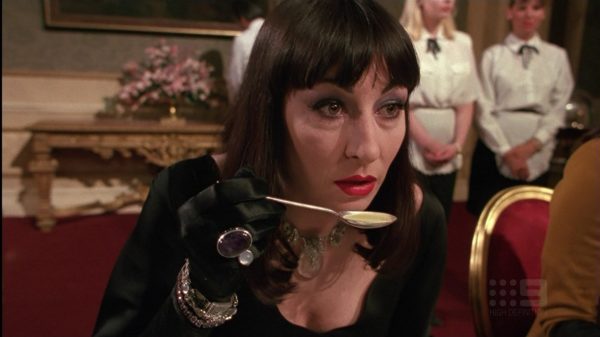
Elaine Kim, Screen Desk Editor (elainekm ‘at’ stanford.edu)
“The Witches” (1990): Roald Dahl’s zany masterpiece comes to life in this equally oddball of a movie, starring Anjelica Huston as the Grand High Witch who leads a genocidal effort to hunt down stinky children. Luke Eveshim, living with his witch-fearing grandmother in Norway, comes across a convention of witches at a summer resort and their wicked plan to transform all children into mice. He alone must fight tooth and nail to stop them. Campy but lovable special effects abound (pre-CGI robot mice, anyone?), and Huston dominates the screen with her commanding performance and sweeping black dress. Perfect for a night in if you’re not partying in the bitter cold at the Mausoleum, the movie speaks to our childhood of magical whimsies, pet mice, witchy women (and a bit of systemic, cultural indoctrination of misogyny, perhaps).
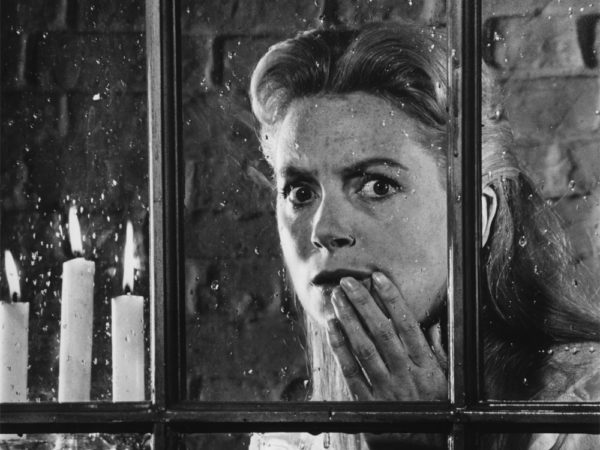
Amir Abou-Jaoude, Staff Writer (amir2 ‘at’ stanford.edu)
“The Innocents” (1961): In this adaptation of Henry James’s classic novella, “The Turn of the Screw,” Deborah Kerr plays a God-fearing, prim, prude governess who seems to embody the moralistic mores of the Victorian age. She seems capable of surmounting any challenge until a wealthy businessman hires her to educate his niece and nephew. After she meets her hostile charges, moves into their labyrinthine, haunted home and discovers their disturbing secrets, she begins to lose her sanity. William Archibald and Truman Capote’s screenplay emphasizes the Gothic qualities of the governess’s strange surroundings. Director Jack Clayton and cinematographer Freddie Francis call attention to the grotesque design of her new home through their use of the extra-wide Cinemascope frame. Yet, perhaps the most compelling reason to see the film is Kerr’s great performance. Throughout the film, Kerr makes us question whether the governess’s madness is the result of ghostly activity or the undoing of her Victorian values.
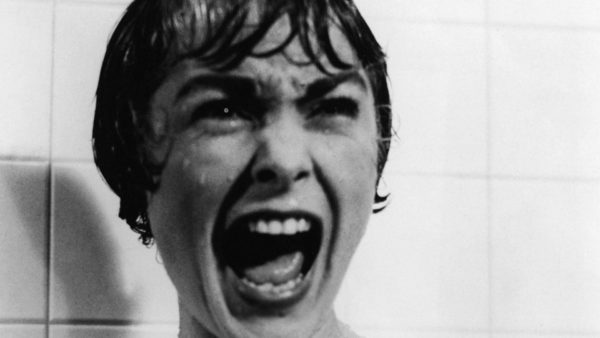
Allison Oddman, Contributing Writer (aoddman ‘at’ stanford.edu)
“Psycho” (1960): No Halloween would be complete without at least one viewing of Alfred Hitchcock’s “Psycho.” Starring Anthony Perkins as the perennially enigmatic Norman Bates, “Psycho,” though initially received with lukewarm sentiment in the wake of its 1960 debut, has become a household name in the horror genre. The plot is centered around Marion Crane (Janet Leigh) who, while on the run after stealing from her boss, stumbles upon the Bates Motel and its namesake proprietor Norman Bates. Viewers are immediately pulled into the world of Bates, his incessantly off-putting behavior and his tumultuous relationship with his mysterious mother. Chaos and bloodshed ensue to say in the least, but an empathetic performance from Perkins leaves the audience questioning just exactly who they’re rooting for because hey, we all go a little mad sometimes. The combination of an effectively eerie score and Hitchcock’s unmatched ability to cultivate atmospheric dread makes for a film that will instantaneously beguile anyone that comes across it.
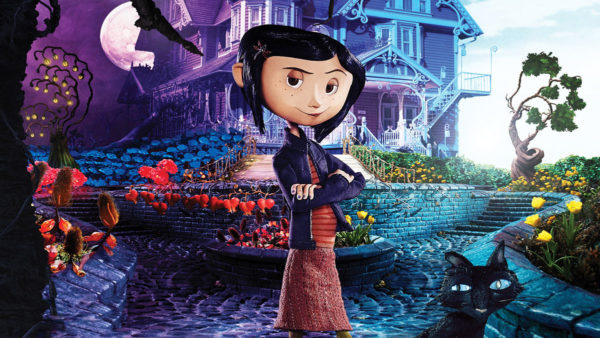
AnQi Yu, Contributing Writer (anqiyu ‘at’ stanford.edu)
“Coraline” (2009): In one of the first shots of “Coraline,” a spindly mechanical hand carefully threads a needle through the skin of a canvas doll; for a mesmerizing minute, the needle dips into and out of the fabric, occasionally surfacing to poke the viewer gently in the eye. This is how “Coraline” operates — a movie that’s less scary for how it surprises than for the ways it gets under your skin. Similar to other horror films, “Coraline” attempts to prod at the most primal parts of our human nature, showing us chilling distortions of a mother’s love, the fun of games, a doll’s innocent gaze. (The effect of the “creepy doll trope” is doubled here by the audience’s perpetual awareness of the movie’s stop-motion machinations, its own kind of doll-play.) What sets this movie apart, however, is its quiet and unhurried approach to fear — making it the perfect choice for an evening-in on a dark, chilly October night.
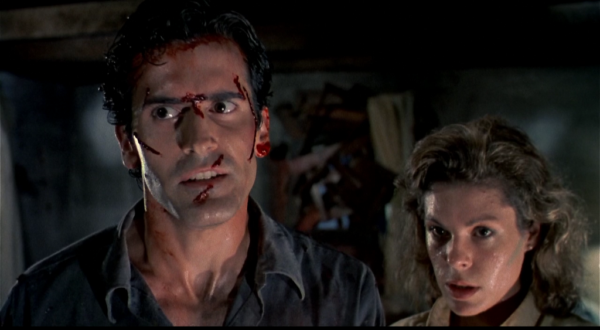
Noah Howard, Contributing Writer (noah.howard ‘at’ stanford.edu)
Evil Dead II (1987): It takes an iron gut to stomach Sam Raimi’s classic masterpieces. As heads burst and limbs disintegrate, a combination of vibrant blood and oatmeal-like ghoul-goo splatter the screen. Its unique blend of dark comedy and horror will have you squirming as often as laughing, and the trippy nonsensical plot is, arguably, best enjoyed without the context of the first “Evil Dead.” Bruce Campbell (known as much for his B-Movie career as for his prominent chin) plays a man trying to survive a night in a cabin haunted by a demonic spirit, facing off against the dancing headless corpse of his girlfriend, maniacally laughing inanimate objects, and, in a particularly bizarre set of sequences, his own possessed hand. “Evil Dead II” captures the shrooms-esque violence and the sick sense of humor that categorized much of the horror cinema of the 1980s, and despite the potential for nausea, it remains a joy to watch.
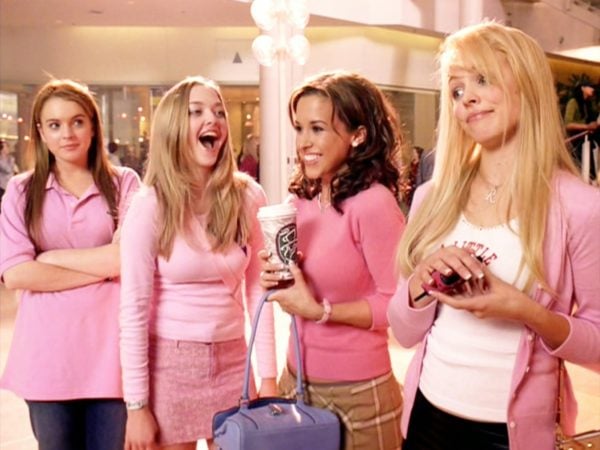
Zoe Mhungu, Contributing Writer (zmhungu ‘at’ stanford.edu)
“Mean Girls” (2004): With Halloween quickly approaching, these next few weeks offer the perfect opportunity to indulge in a movie that explores the truly terrifying: high school social dynamics. “Mean Girls” may not be the typical horror film, but it is high on my list of Halloween movie picks. Tina Fey’s comedy explores how outsider Cady manages to sabotage the reign of the elite Plastics at North Shore High School. Crossing Regina George, head of the exclusive group, lands her in a catfight just short of apocalyptic. By the conclusion of the movie, we see how bullying and gossip can evoke monstrous qualities as we strive to secure our place on the social ladder. Look out for costume inspiration during the Halloween party scene, or even be comforted that the holidays are just around the corner during the “Jingle Bell Rock” dance routine.
